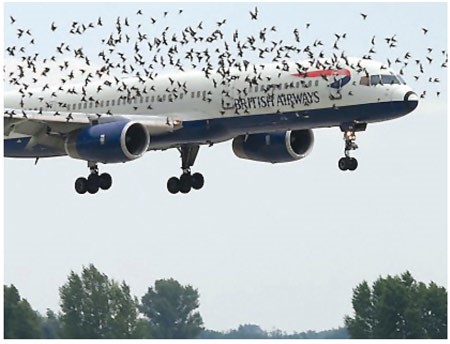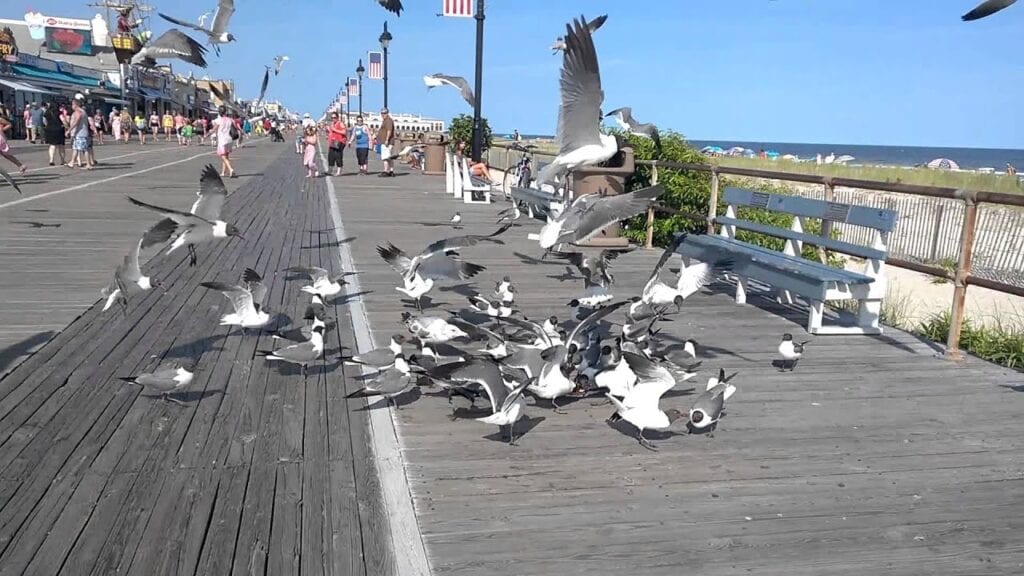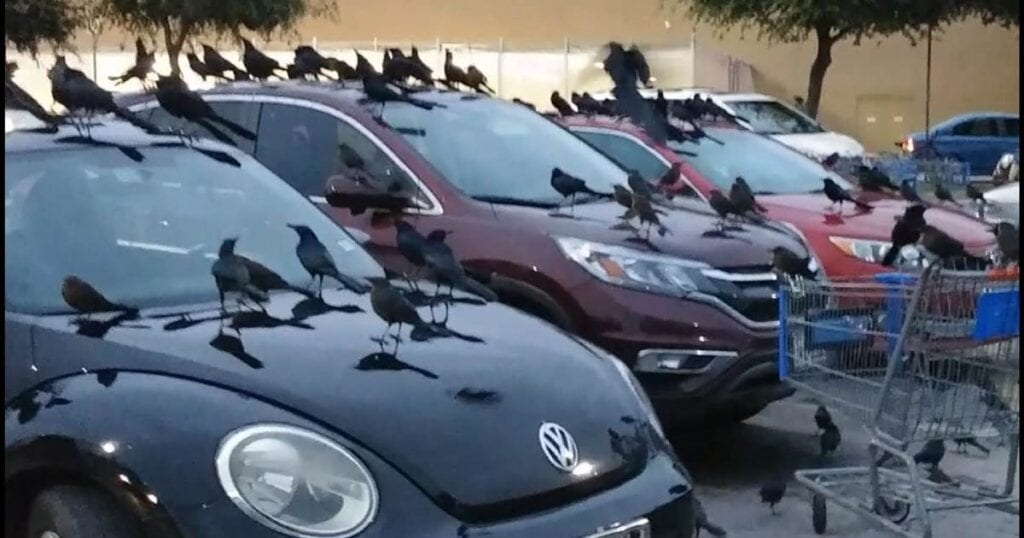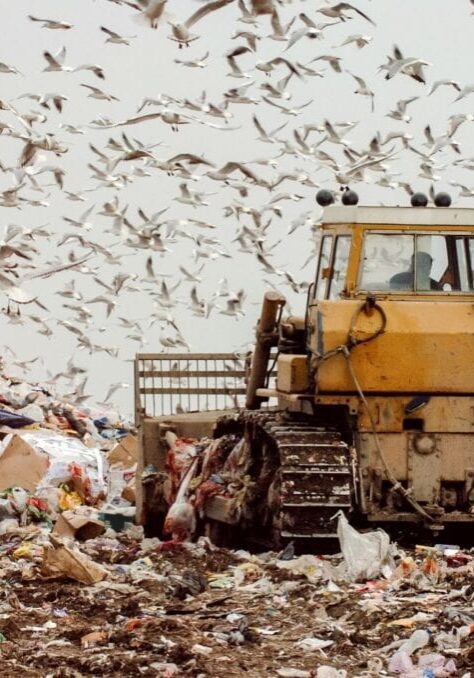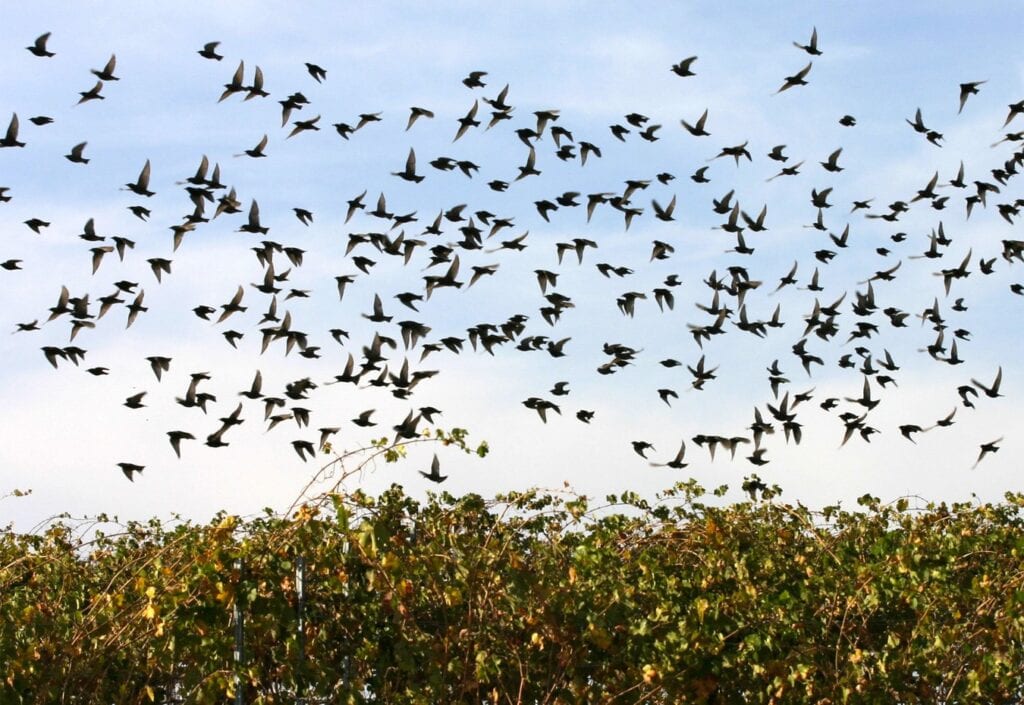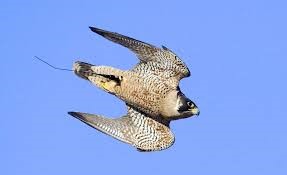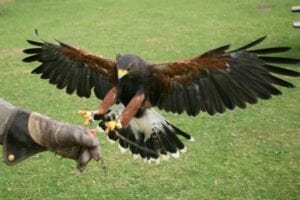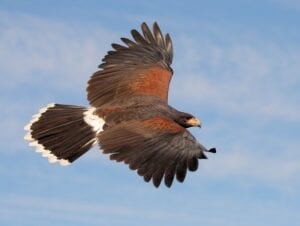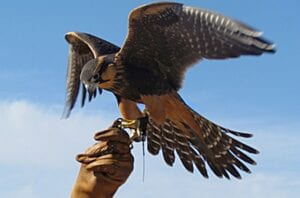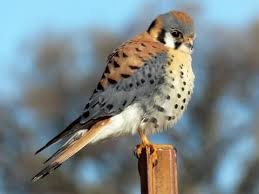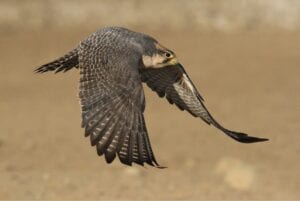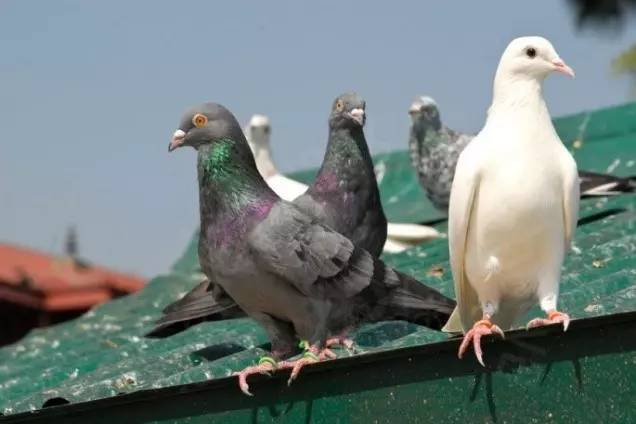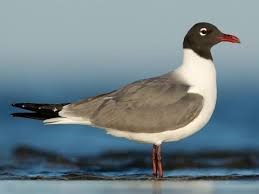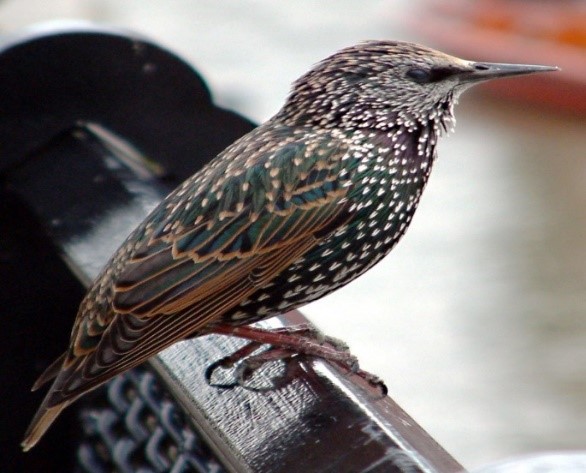Problem Areas
Addressing bird related issues is never a simple task. Although there is no “silver bullet,” Falconry Based Bird Abatement far surpassed all other techniques. Falconry works because pest birds are "hard-wired" to be terrified of Raptors - Falcons and Hawks - which are their natural enemies. Pest birds never get acclimated to Raptors, while they often get used to other harassment techniques such as propane cannons, shotguns, or recorded calls.
Airports
Ten years after a collision with Canada geese forced airline pilot Chesley "Sully" Sullenberger to make his dramatic emergency landing on the Hudson River, pilots and airports report as many bird strikes as ever.
Civilian flights based in the USA reported 14,661 collisions with wildlife in 2018, a USA TODAY analysis of Federal Aviation Administration data shows. That's more than 40 a day, tying the previous year's record. Worldwide they cause about $1.2 billion a year in damage.
Beaches / Boardwalks
Gulls at Beaches and Resorts cause a variety of issues including the following:
- Aggressive behavior towards individuals who are carrying and/or eating food
- Seagull droppings:
- On hard surfaces create liability issues due to slips and falls
- In the water create potential high fecal chloroform levels resulting in bathing restrictions.
- General health related hazards including salmonella, histoplasmosis, meningitis, and encephalitis.
- Our past work on beaches:
Parking Lots
Birds often find refuge in parking structures and create a mess on the cars housed there. This can not only drive away customers, but create a legal problem for the property owner when cars are damaged by feces. Parking lots suffer similar problems when birds roost on lights.
Warehouses
Birds can cause serious problems for warehouses and their employees such as:
- Slips and falls – In addition to being unsanitary, bird droppings can be slippery, causing potential fall hazards for employees and customers.
- Health code violations – In some industries, bird droppings can breach health code,, and can potentially result in fines, legal actions, and closures.
- Property, Product & Equipment Damage – Bird droppings are acidic and can corrode paint , roofing materials and fabrics, as well as soil products and packaging. Birds pecking and roosting can cause damage to structures, equipment and wiring.
- Productivity Loss – Stopping to clean up bird droppings and nesting materials can be disruptive and costly.
- Work Stoppages – Employees should not work in areas that may be unsafe due to an accumulation of bird droppings, which can mean shutdowns.
- Distractions – Birds swooping and making noises can be bothersome to workers and visitors.
Landfills
Landfills are an essential element to urban society, however any “new” commodity triggers new problems. The issue here is directly associated to our ecological environment. What we see as a dump, birds see as an endless buffet. When birds settle into our landfills, it is a danger not only to them, but also to the environment. The danger for birds lies in digesting garbage, thus promoting the transportation of diseases all while deregulating their migration patterns. As for the environment, it extends to the spreading of garbage, water contamination and bird nuisance.
Not only is their presence on landfills a danger to themselves, but there are associated risks that can have serious effects on the workers as well. Birds and their fecal matter can carry more than 60 transmissible diseases, some of which are known to be fatal to humans. Landfill workers are inevitably exposed to such, creating a workplace hazard. These birds then move to other locations further promoting the spread of diseases. To add to the matter, birds are also carriers of ectoparasites, defined as a parasite that lives on the exterior of its host (the bird).
The issue here does not end on the landfills. The birds’ presence on the sites also has a negative effect on the surrounding environment. Birds do not limit themselves to staying directly on the sites. When they move to other locations, they often carry garbage from the sites with them. As they start spreading this garbage, they are also spreading diseases by exposing waste that hasn’t been properly covered. Landfills have many regulations that they must obey in order to keep the sites safe and sanitary; however, they have very little control over the birds’ actions.
The problem becomes even greater when the birds reach water. Not only are they carrying waste with them, but their droppings also contain something much worse—high levels of nitrogen and phosphorus. These chemical elements cause rapid growth of algae which then leads to a process called eutrophication (depletion of oxygen levels in the water). This can kill fish and make water cloudy, rendering it difficult to treat for drinking.
Vineyards
It’s widely known that vineyards are vulnerable to a wide variety of pest birds. Several species of birds, including robins, starlings, mockingbirds, finches, and blackbirds are common pests of grapes. These birds damage fruit by plucking entire berries from the cluster or pecking holes in the berries. Finches peck at berries and starlings consume whole berries. Starlings in particular have a voracious appetite for grapes so even small flocks can do considerable damage.
Over 7,500,000 tons of grapes were produced in the United State in 2018 with the yield valued at $6.5 Billion Dollars.
It is estimated that without bird controls, approximately 20-25% of the grape production would be lost to or damaged by birds in the vineyard.

